Nurses are typically the first ones to assess patients. As soon as a patient comes into the clinic or hospital, a nurse evaluates their condition. But to accurately treat and triage patients, nurses need to ensure that they’ve covered every area in their assessment.
For instance, imagine a female patient comes into a hospital presenting with abdominal pain and bloating. Looking at the surface symptoms, someone could quickly conclude that the patient is experiencing menstrual cramps. However, an assessment of the patient’s abdomen may reveal that more is going on, like ovarian cancer. By conducting a head-to-toe assessment, nurses can go beyond a superficial diagnosis and find the real cause of a patient’s symptoms.
A head-to-toe assessment is a vital step in patient care. Unfortunately, these assessments are so extensive that nurses may find it difficult to remember every step involved. How can healthcare organizations make it easier for nurses to gauge their patients’ health?
Let’s examine the aspects of a head-to-toe assessment and see how using an online template can help nurses evaluate their patients.
The basic procedure for a head-to-toe assessment
Head-to-toe assessments gather information about multiple parts of the body. This information gives healthcare professionals a starting point for investigating possible diagnoses before they run expensive tests or scans. While a head-to-toe assessment checks various areas of the body, the same actions need to be performed in each area:
- Inspection: Visually inspect the area.
- Palpation: Physically examine the patient by touching them.
- Percussion: Tap the area.
- Auscultation: Listen to the area (typically used for the heart, abdomen, and lungs).
Nurses need to perform these four actions on different body parts to complete their assessment. However, it can be difficult to remember which body parts should be assessed. Using a checklist helps nurses ensure that they don’t miss any of the patient’s symptoms or concerns during their evaluation.
A simple checklist can help you perform a detailed assessment
The majority of patients will require a standard head-to-toe assessment. Depending on the patient’s symptoms and conditions, you may need to conduct a more specialized analysis. Here is a sample checklist that includes some common body parts examined in typical assessments:
- General medical information. A head-to-toe assessment usually involves gathering a patient’s gender, age, and basic medical information before the physical examination begins. Knowing this general medical data can alert healthcare workers to potential problems before the patient goes through a lengthy evaluation.
- Head. Nurses may inspect the scalp, hair, and size of the head.
- Face. Nurses often check to ensure the patient’s facial muscles move symmetrically.
- Eyes. It’s important to confirm that both eyes move in sync, that the eyelids don’t droop, and that the pupils react to light correctly.
- Nose. If they have the supplies, nurses may test whether the patient can identify distinctive smells and breathe without difficulty.
- Ears. Nurses may look at both the outer and inner ear.
- Abdomen. Nurses may listen to the abdomen and check for tenderness.
- Hands. It’s important to pay attention to the hands too. How’s the circulation and strength?
- Feet. Nurses may examine the feet for sores, fungus, and circulation problems.
As you can see, even a simple evaluation collects a significant amount of data on the patient. This data is invaluable to healthcare providers, but it can also be an appealing target for hackers. Data breaches and hackers can cost a healthcare organization millions in legal fees and data retrieval measures. To protect your organization, you need to keep your assessment forms secure. How can you do that?
Make your assessment forms HIPAA-friendly
A head-to-toe assessment requires that you record detailed patient information. Much of this data is considered PHI, or protected health information, which means you’re legally obligated to keep that information safe.
Under HIPAA, all PHI must be secure and private. HIPAA-friendly online forms protect your patients’ PHI and streamline your filing process. For instance, Jotform’s HIPAA-friendly forms offer end-to-end encryption, plus safe storage options. All of these features keep your records out of the wrong hands while allowing your staff to access relevant patient forms.
FIlling out assessment forms doesn’t have to be complicated. Simply understanding what your evaluations need to include and using HIPAA-friendly forms can make it easier for your nurses to gather patient data securely.
Let’s assess the situation
The initial assessment done by nurses is an invaluable source of information for doctors and other healthcare workers. By using a simple checklist and HIPAA-friendly online forms, you’ll be able to streamline your patient assessments and keep your patient data safe.
At Jotform, we offer the HIPAA-friendly forms you need to speed up your intake process. Using our online templates can help your nurses easily fill out the information they gather from their evaluations. Check out our templates to see how you can improve your assessment process.


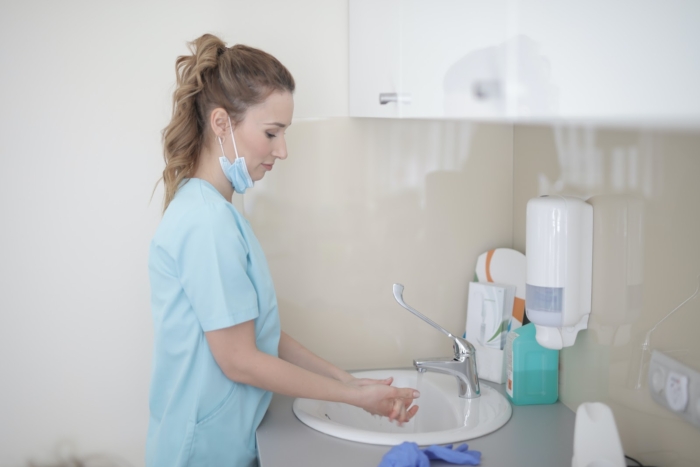











































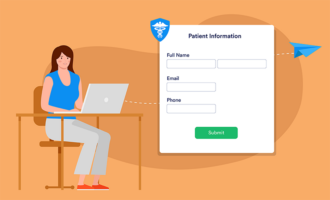

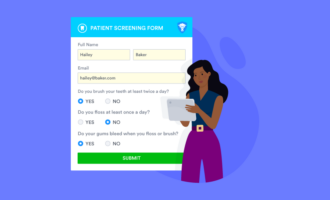
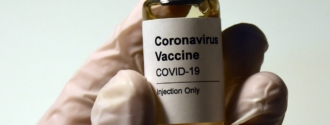
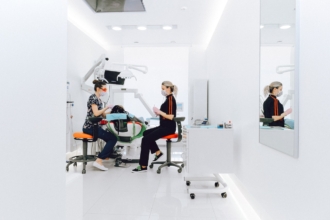
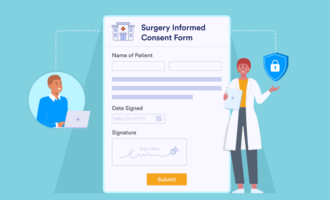












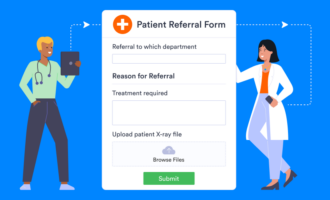















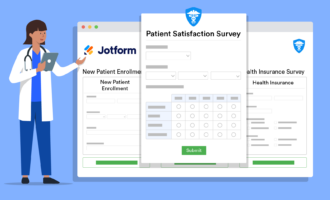





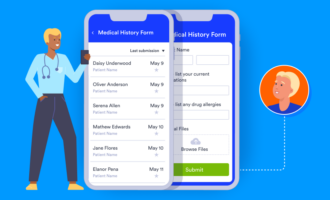

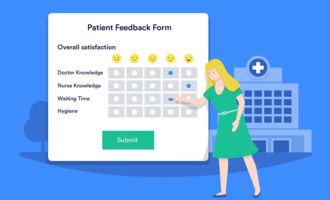







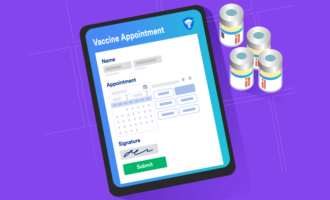







Send Comment: